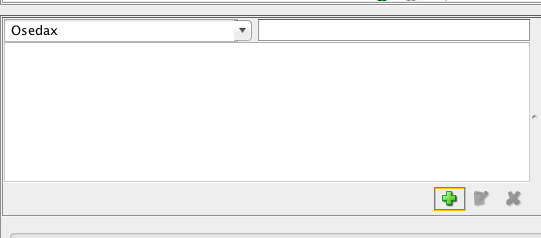

The workshop itself was targeted at novices (e.g., faculty who had never accessed/launched Adobe Rush), so I created a step-by-step guide called the 10 Essential Moves for Podcasting in Adobe Premiere Rush. Obviously for more complex steps and edits, including notable audio cleaning, I’d go with Audition or Audacity, but as a simple tool for introducing the basic parts of a podcast (and how we create them), it is more than functional. Need the music to duck under the voice over? Apply auto-ducking in two clicks. Need music? Choose from the available sound files. Need voice over? Click the microphone on Audio Track 2 and record. So the fact that Rush has 4 visual tracks and 4 audio tracks (including the native audio on the primary visual track), means that we can take a simple zoom recorded interview, drop it into Rush, and create all the basic podcasting elements in an easy-to-use tool. In fact, that is how I teach the basics of podcasting to my students: one track for the primary audio (speaker, guest, etc.), one track for voice over elements, one track for music, and one for sound effects. Academic podcasts, which range from essay-like narratives to talking heads to an interview with an expert and the like, are typically what I refer to as 4-Track creations. But the more time I spent putting in the work, developing the assets, and thinking through how it can work in the classroom, the more and more it made sense. When Todd Taylor (Pedagogical Evangelist at Adobe Faculty UNC Chapel Hill) invited me to do the “Podcasting in Rush” workshop, the idea was just a kind of interesting challenge. I have led a Rush workshop at the Adobe CCC once or twice before, but this time we tried something different … using Rush (a video editor) to create an academic podcast. Yesterday I led a workshop on Adobe Premiere Rush as part of the faculty development component of the Adobe Creative Campus Collaboration (CCC).


 0 kommentar(er)
0 kommentar(er)
